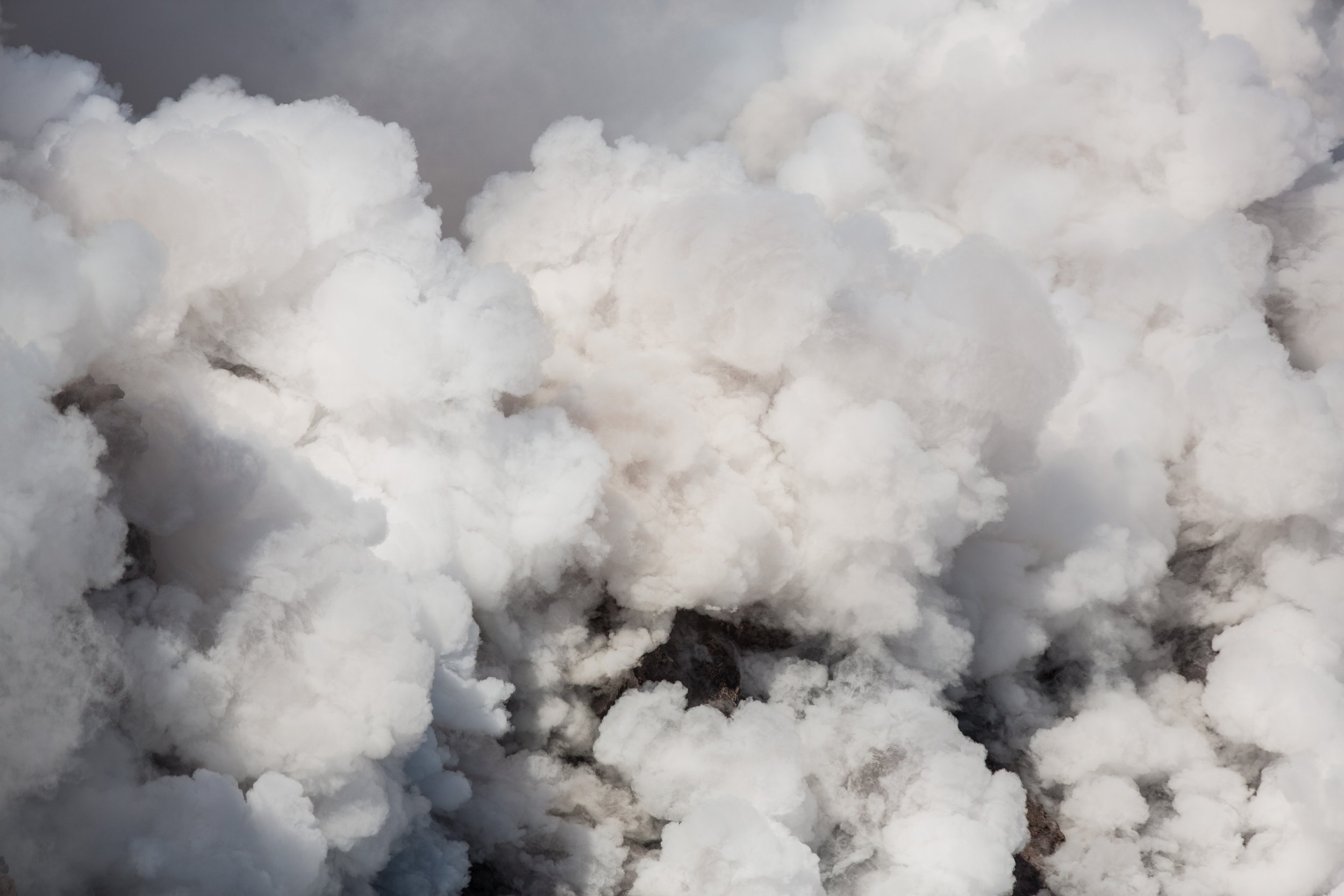
Wildland-Urban Interface (2019-2021)
Funding: Centers for Disease Control and Prevention (CDC) Disaster Science Supplement Funding
Principal Investigators: Miriam Calkins, PhD, MS and Kathleen Navarro, PhD, MPH
Goal:
This study expands on the goals of the Expansion Study by enrolling additional firefighters responding to wildland-urban interface (WUI) incidence, analyzing biological samples for additional measures for exposure, and examining epigenetic changes (DNA methylation and microRNA).
Specific Aims
1. Enroll 100 firefighters responding to WUI events in southern California.
2.Collect biological samples at enrollment, post-exposure, and post-fire season. Collect information regarding fire response and tasks post-exposure.
3. Analyze biological samples for markers of exposure, including brominated flame retardants (BFR), per- and polyfluoroalkyl substances (PFAS), polycyclic aromatic hydrocarbons (PAH), volatile organic compounds (VOC), metals, and organophosphate flame retardants (OPFR) and assess the relationship between exposure and fire response activities.
4. Analyze biological samples for epigenetic markers of cancer pathway activation and evaluate their relationship to measures of exposure.
Impact
Firefighters responding to WUI events in southern California were enrolled into the FFCCS. Biological samples were collected for comparison of exposures and epigenetic biomarkers of effect at enrollment, following fire-season, and after fire responses. Serum PFAS and BFR as well as urine PAH, VOC, metals, and OPFR were measured in firefighters responding to WUI events and reported back to participants. Initial results have been presented as scientific meetings and manuscripts are currently underway.